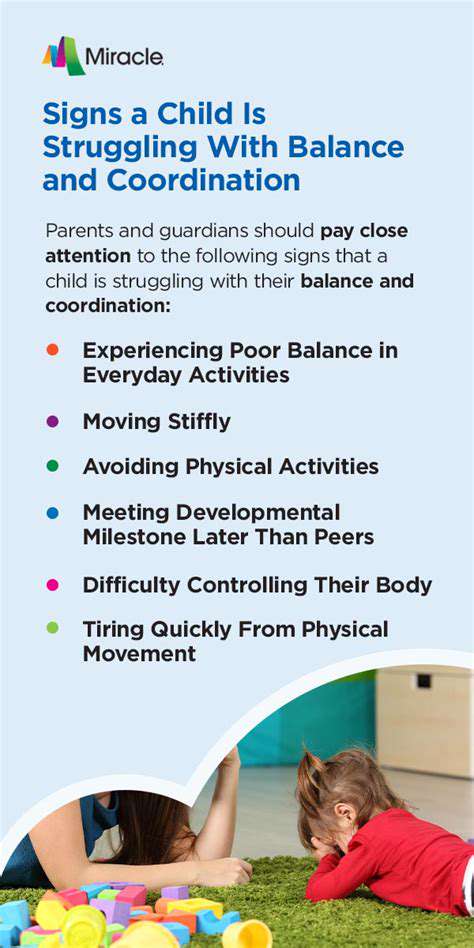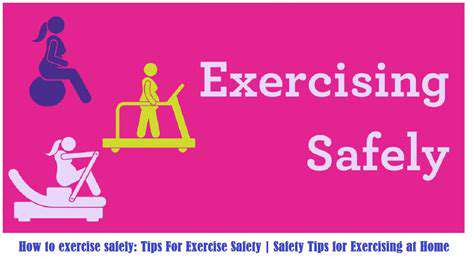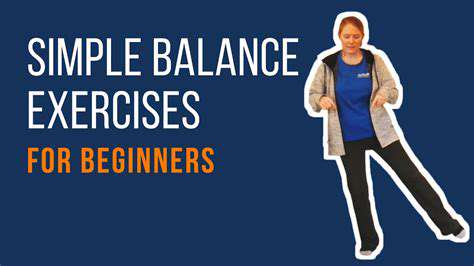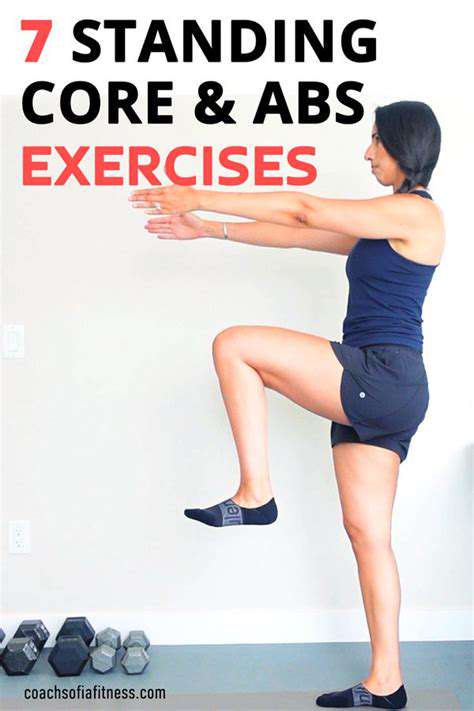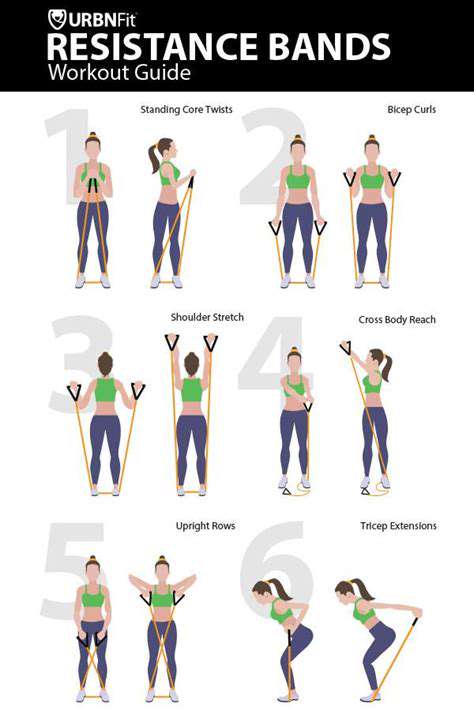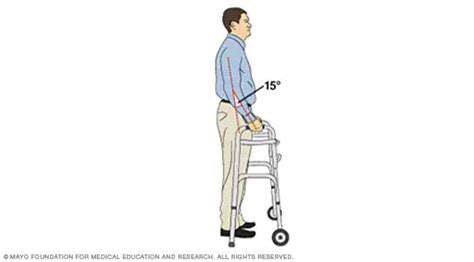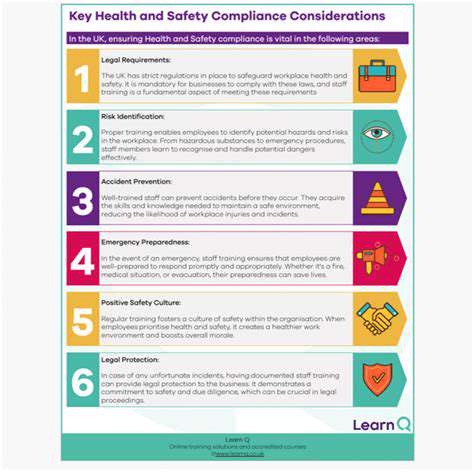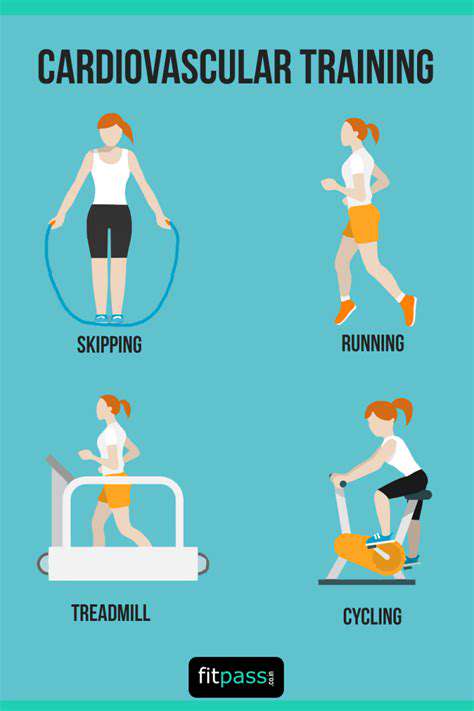Adapting Exercise for Seniors with Moderate Mobility
Incorporating Low-Impact Activities
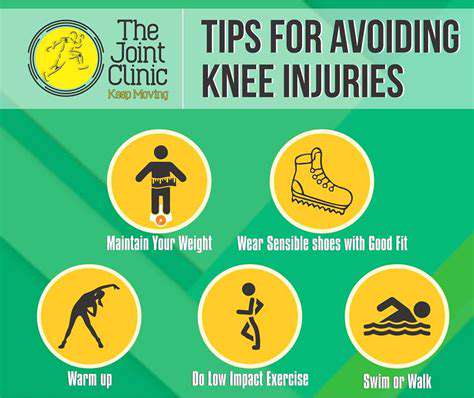
Walking and Other Low-Impact Activities
Incorporating low-impact activities into your daily routine is a fantastic way to improve your overall health and well-being without putting undue stress on your joints. Walking, for example, is a simple yet incredibly effective exercise that can be easily integrated into your daily schedule. Whether it's a brisk stroll around the block or a longer hike in nature, walking offers numerous benefits, including improved cardiovascular health, weight management, and reduced risk of chronic diseases. It's a low-impact activity that's accessible to people of all ages and fitness levels.
Other low-impact activities that can be beneficial include swimming, cycling, and water aerobics. These activities provide a great cardiovascular workout without putting excessive pressure on your joints, making them ideal choices for individuals with joint pain or injuries. Swimming, in particular, is a full-body workout that engages multiple muscle groups while providing a soothing and refreshing experience.
Benefits of Low-Impact Exercise
Engaging in low-impact activities offers a multitude of health benefits. Improved cardiovascular health is a key advantage, reducing the risk of heart disease and stroke. These activities also contribute to weight management by burning calories and increasing metabolism. Furthermore, they can help improve balance and coordination, reducing the risk of falls, especially important for older adults.
Low-impact exercises are also beneficial for managing chronic conditions like arthritis and back pain. Gentle movements and controlled exercises can help alleviate pain and improve mobility without exacerbating existing issues.
Choosing the Right Low-Impact Activity
Selecting the right low-impact activity for you depends on your individual preferences and needs. Consider factors like your current fitness level, any existing health conditions, and available resources. If you're new to exercise, starting with a shorter duration and gradually increasing the intensity is always recommended. Don't hesitate to consult a healthcare professional or a certified fitness trainer for personalized recommendations.
Exploring different options can help you find an activity you genuinely enjoy. This will increase your adherence and make it easier to incorporate these activities into your lifestyle.
Integrating Low-Impact Activities into Your Routine
Successfully integrating low-impact activities into your routine requires careful planning and commitment. Scheduling specific times for these activities in your daily calendar can help ensure consistency. Consider incorporating them into your commute, taking the stairs instead of the elevator, or finding a workout buddy for added motivation.
Listen to your body and adjust the intensity and duration of your workouts as needed. Rest and recovery are just as important as the workout itself for optimal results.
Specific Examples of Low-Impact Activities
Beyond walking, numerous low-impact activities can be easily incorporated into your routine. Yoga, tai chi, and Pilates are excellent examples, focusing on flexibility, strength, and balance. These activities can be incredibly beneficial for improving posture and reducing stress. They also promote mindfulness and relaxation, offering a holistic approach to well-being.
Water aerobics, using resistance bands, and stationary cycling are other choices that provide a low-impact workout. These options can be tailored to various fitness levels and preferences.
Importance of Consistency and Progression
Consistency is key to achieving the desired results from low-impact activities. Establishing a regular routine, even if it's just 15-30 minutes a day, will yield positive outcomes over time. It's crucial to listen to your body and avoid pushing yourself too hard, especially when starting. As your fitness improves, gradually increasing the intensity, duration, or complexity of your chosen activities can help maintain motivation and progress.
Remember to stay hydrated and maintain a balanced diet to support your exercise regime. Consistent effort and a positive mindset will contribute significantly to long-term health and well-being.

